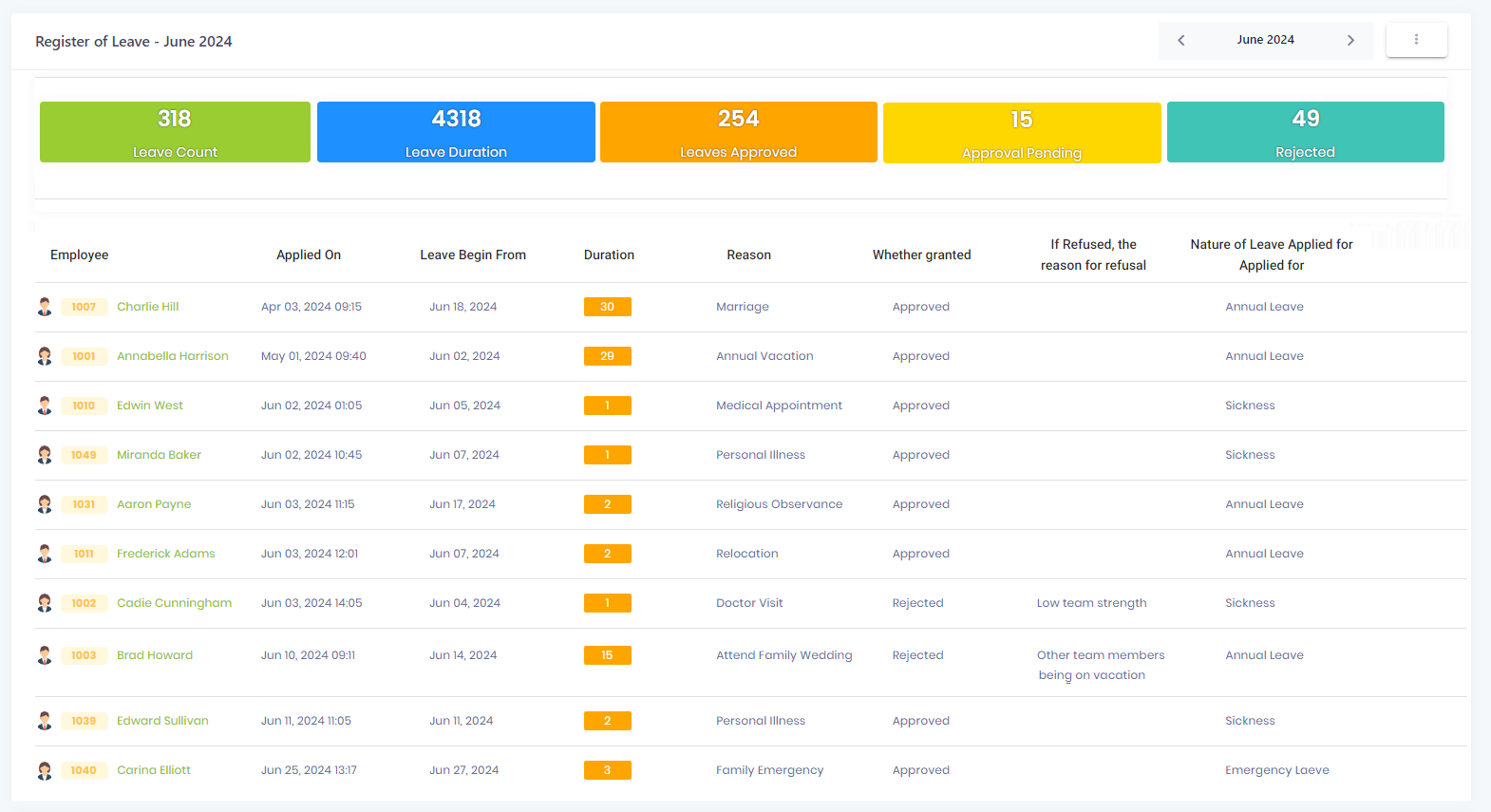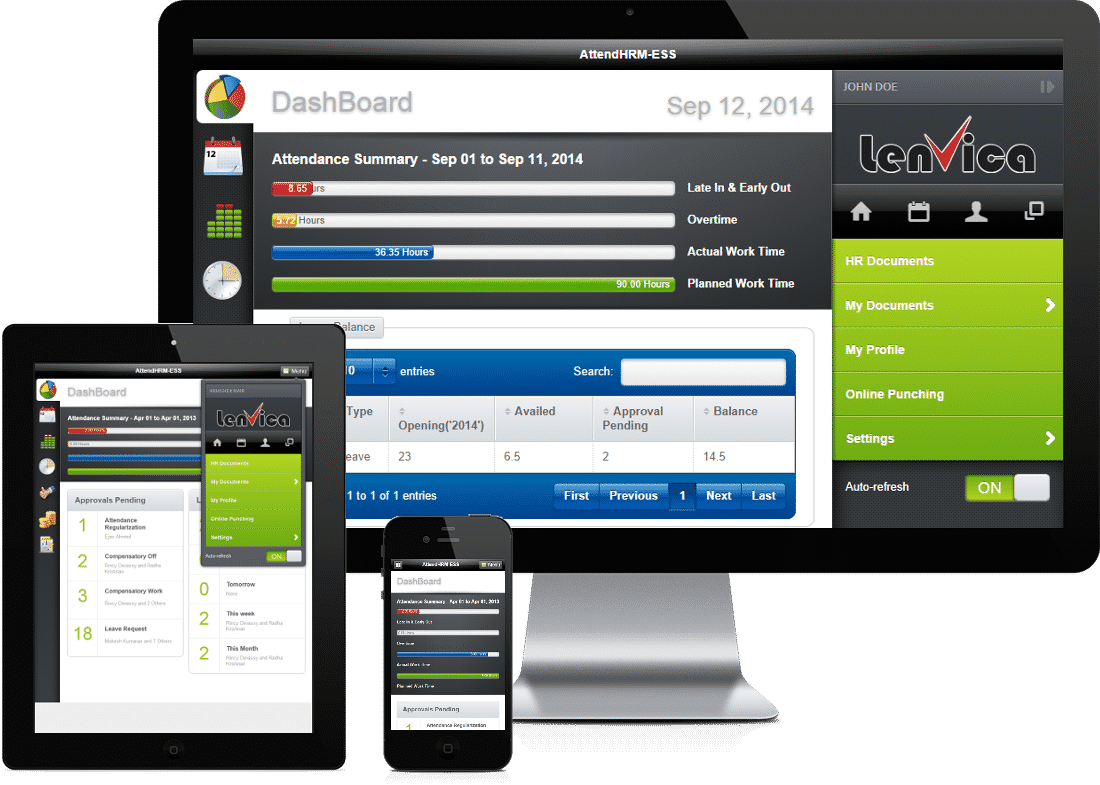
Managing employee leave is a crucial aspect of human resource management, ensuring organizational productivity while balancing employees’ needs for rest and personal time. Traditional leave management methods often involve manual tracking, paperwork, and complex approval processes, leading to inefficiencies and errors. Human Resource Management System (HRMS) software provides an effective solution to streamline and optimize leave management.
Benefits of Using HRMS Software for Leave Management
Key Features of HRMS Leave Management
1. Self-Service Portals:
Employee self-service portals enable staff to request leave, view leave balances, and access leave policies without needing to contact HR directly. This autonomy saves time for both employees and HR personnel.

2. Configurable Leave Policies:
Organizations can customize leave policies within the HRMS software to align with their specific requirements. This includes setting rules for different types of leave (e.g., annual, sick, maternity), accrual rates, and carry-over policies.
3. Approval Workflows:
HRMS software typically includes customizable approval workflows that route leave requests to the appropriate managers for approval. These workflows ensure that all necessary approvals are obtained efficiently and that employees are kept informed throughout the process.
4. Integration with Payroll:
Integrating leave management with payroll ensures accurate calculation of leave balances and entitlements. This integration helps prevent discrepancies in pay and ensures employees are compensated correctly based on their leave usage.
5. Mobile Access:
Many HRMS solutions offer mobile apps, allowing employees and managers to manage leave on-the-go. This flexibility is particularly useful for remote or field-based employees.
Implementing HRMS Software for Leave Management
1. Assess Organizational Needs:
Before implementing HRMS software, organizations should assess their current leave management processes and identify pain points. This assessment will help in selecting the right HRMS solution that meets the organization’s specific needs.
2. Choose the Right HRMS Solution:
Select an HRMS software that offers robust leave management features and is scalable to accommodate future growth. Consider factors such as ease of use, customization options, integration capabilities, and vendor support.
3. Plan for Implementation:
Develop a detailed implementation plan that includes data migration, system configuration, user training, and testing. Engage key stakeholders throughout the process to ensure a smooth transition.
4. Train Employees and Managers:
Provide comprehensive training to employees and managers on how to use the new system. Effective training will encourage adoption and help users understand the benefits of the new process.
5. Monitor and Optimize:
After implementation, continuously monitor the system’s performance and gather feedback from users. Use this feedback to make necessary adjustments and optimizations to improve the leave management process.
Effective leave management is essential for maintaining organizational efficiency and employee satisfaction. HRMS software provides a powerful tool to automate and streamline leave management processes, offering significant benefits to both HR departments and employees. By leveraging the capabilities of HRMS software, organizations can ensure accurate leave tracking, compliance with regulations, and a better overall employee experience.

Leave A Comment
You must be logged in to post a comment.